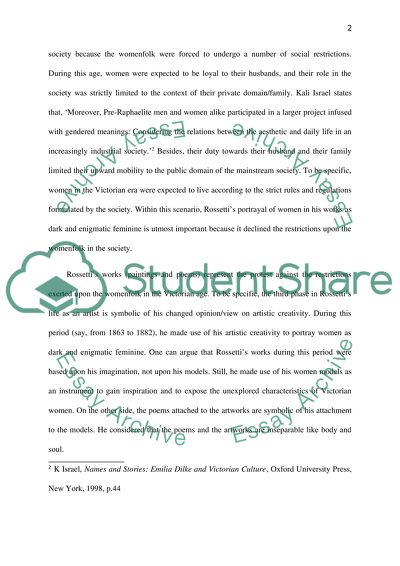Cite this document
(“Pre-Raphaelite Women and the Search for Meaning in the Work of Dante Essay”, n.d.)
Retrieved from https://studentshare.org/visual-arts-film-studies/1397012-pre-raphaelite-women-and-the-search-for-meaning-in
Retrieved from https://studentshare.org/visual-arts-film-studies/1397012-pre-raphaelite-women-and-the-search-for-meaning-in
(Pre-Raphaelite Women and the Search for Meaning in the Work of Dante Essay)
https://studentshare.org/visual-arts-film-studies/1397012-pre-raphaelite-women-and-the-search-for-meaning-in.
https://studentshare.org/visual-arts-film-studies/1397012-pre-raphaelite-women-and-the-search-for-meaning-in.
“Pre-Raphaelite Women and the Search for Meaning in the Work of Dante Essay”, n.d. https://studentshare.org/visual-arts-film-studies/1397012-pre-raphaelite-women-and-the-search-for-meaning-in.


